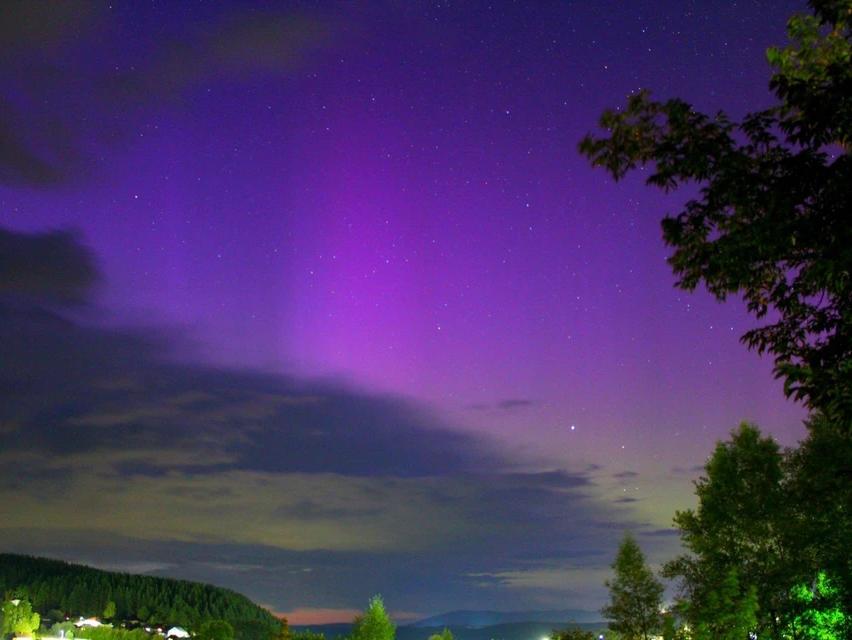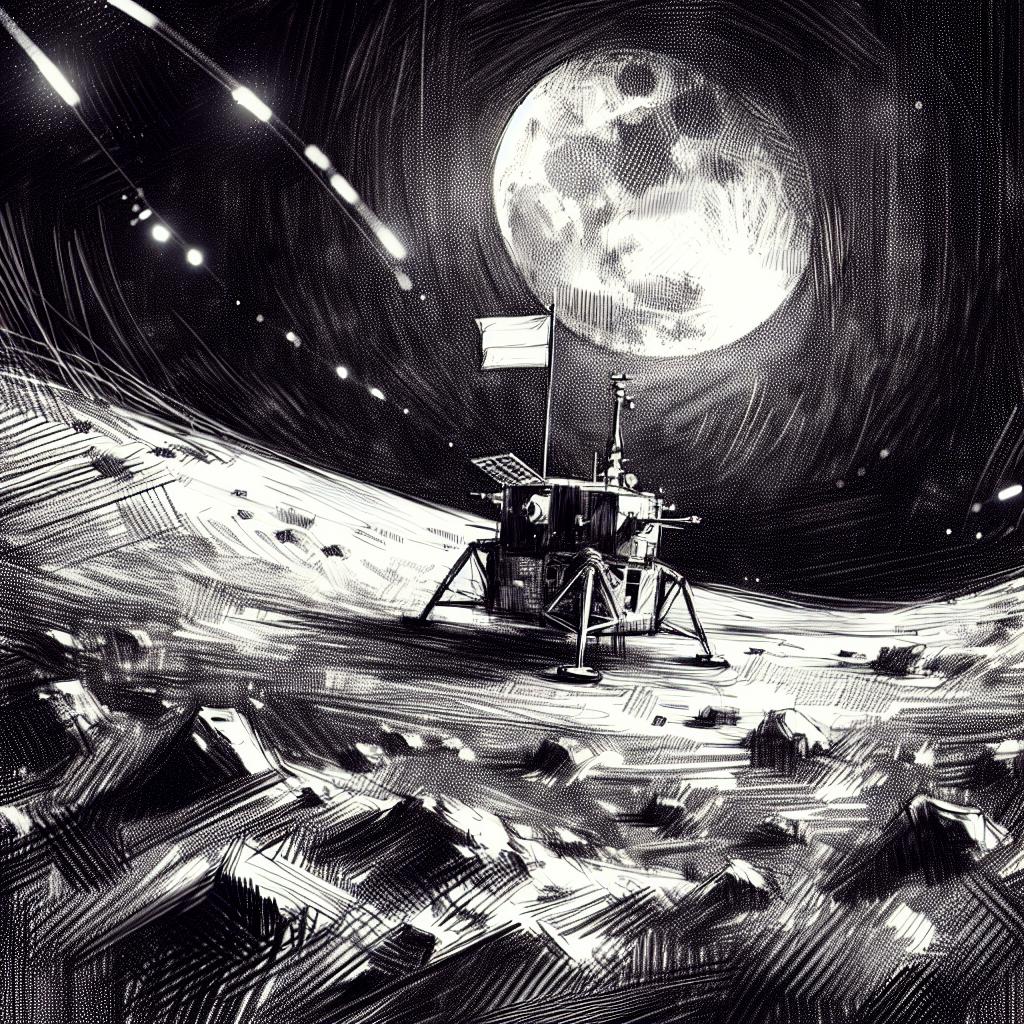In a rare celestial convergence, the peak of the Perseid meteor shower on August 12-13, 2024, coincided with a spectacular display of the Northern Lights (Aurora Borealis), delighting stargazers across Europe and parts of Asia. This extraordinary event was visible in various locations, including Ukraine, Lithuania, Germany, France, the UK, and even as far south as Moscow, Russia.The Perseid meteor shower, described by NASA as the ‘best meteor shower of the year’, offered viewers the chance to witness up to 100 meteors per hour as Earth passed through the most concentrated area of the comet Swift-Tuttle’s debris trail. Simultaneously, a powerful geomagnetic storm, reaching a G4 (‘severe’) level on the National Oceanic and Atmospheric Administration (NOAA) scale, caused the Aurora Borealis to be visible much further south than usual.The combination of these two phenomena created a breathtaking sky show, with meteors streaking across colorful auroral displays. In Northumberland, UK, shooting stars were seen against a purple and green sky. Similarly, in Lithuania, observers reported seeing up to 100 ‘falling stars’ per hour against a backdrop of purple and green hues.Experts attribute the increased frequency of aurora sightings to the sun being in the most active period of its 11-year cycle. Marco Ludwig from the Neumünster Observatory noted that it is unusual for both polar lights and meteor showers to be visible simultaneously.While the peak of this rare event has passed, there’s still a chance to witness some celestial activity. The Perseid meteor shower is expected to continue until August 20, with the best viewing times in the early morning hours. However, the geomagnetic storm causing the widespread auroral displays is expected to subside, with significant enhancements unlikely after August 13.
Key points
- The peak of the Perseid meteor shower coincided with a strong geomagnetic storm, causing widespread visibility of the Northern Lights.
- This rare double celestial event was visible across Europe and parts of Asia, delighting stargazers.
- The sun’s current active phase in its 11-year cycle is contributing to more frequent aurora sightings.
- While the peak has passed, there’s still a chance to see some celestial activity in the coming days.



